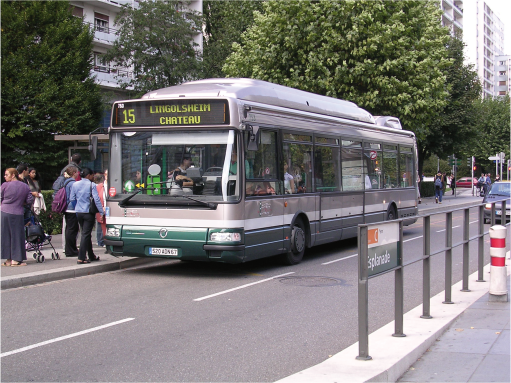6 Lower-carbon fuels
CNG and LPG vehicles
An alternative approach to cutting CO2 emissions by improving fuel efficiency in petrol and diesel cars is the use of transport fuels with a lower carbon content. There have been a number of developments of 'alternative fuel' ICE vehicles. Two fuels in particular, compressed natural gas (CNG) and liquefied petroleum gas (LPG), have come to be widely used.
CNG vehicles (for details see this link on CNG and LPG vehicles [Tip: hold Ctrl and click a link to open it in a new tab. (Hide tip)] ) have been utilized in a number of countries for many years, with Argentina, Brazil, Pakistan, Italy and India operating the largest fleets. The Argentinean government in particular were early promoters of the fuel, partly in response to severe air-pollution problems in Buenos Aires, and partly to conserve their own supplies of oil for export to earn foreign currency (International Energy Agency, 1999). However, it is for air-quality emission improvements that CNG and LPG technologies have mainly been adopted.
For heavy-duty vehicles such as buses (Figure 8), compared to diesel, using CNG or LPG achieves reductions of around two-thirds for both NOx and particulates. Emissions of hydrocarbons are reduced by well over 50% for LPG, but are significantly higher for heavy-duty CNG vehicles. However, most of these HC emissions are composed of methane that can be almost eliminated from exhaust gases by the use of methane catalyst systems.

For light-duty vehicles, most local air-quality pollutants are significantly reduced by using LPG or CNG. Compared to a petrol car, NOx is reduced by at least a third and particulates are virtually eliminated. Hydrocarbons are also reduced in LPG vehicles, but the presence of non-combusted methane in the exhaust gases can be a problem, as methane is a powerful greenhouse gas.
For cars, CNG and LPG vehicles achieve a 10–20% reduction of fuel life cycle CO2 emissions compared to petrol cars, but little improvement compared to diesel cars or hybrids. Fuel life cycle analysis is a technique to assess the environmental impacts associated with all the stages of a fuel's life from extraction (oil or gas wells) through processing, distribution and use.
Although they are still in use around the world, interest in CNG and LPG cars has waned as the latest technologies applied to petrol and diesel engines have largely matched the emissions performance of LPG and CNG vehicles. For heavy vehicles such as lorries and buses, CNG and LPG remain competitive, although hybrid diesel–electric buses are making serious inroads to this market.
Overall, although CNG and LPG can cut CO2 emissions, because they are derived from fossil fuels they do not represent a path that can radically reduce transport's carbon intensity.
